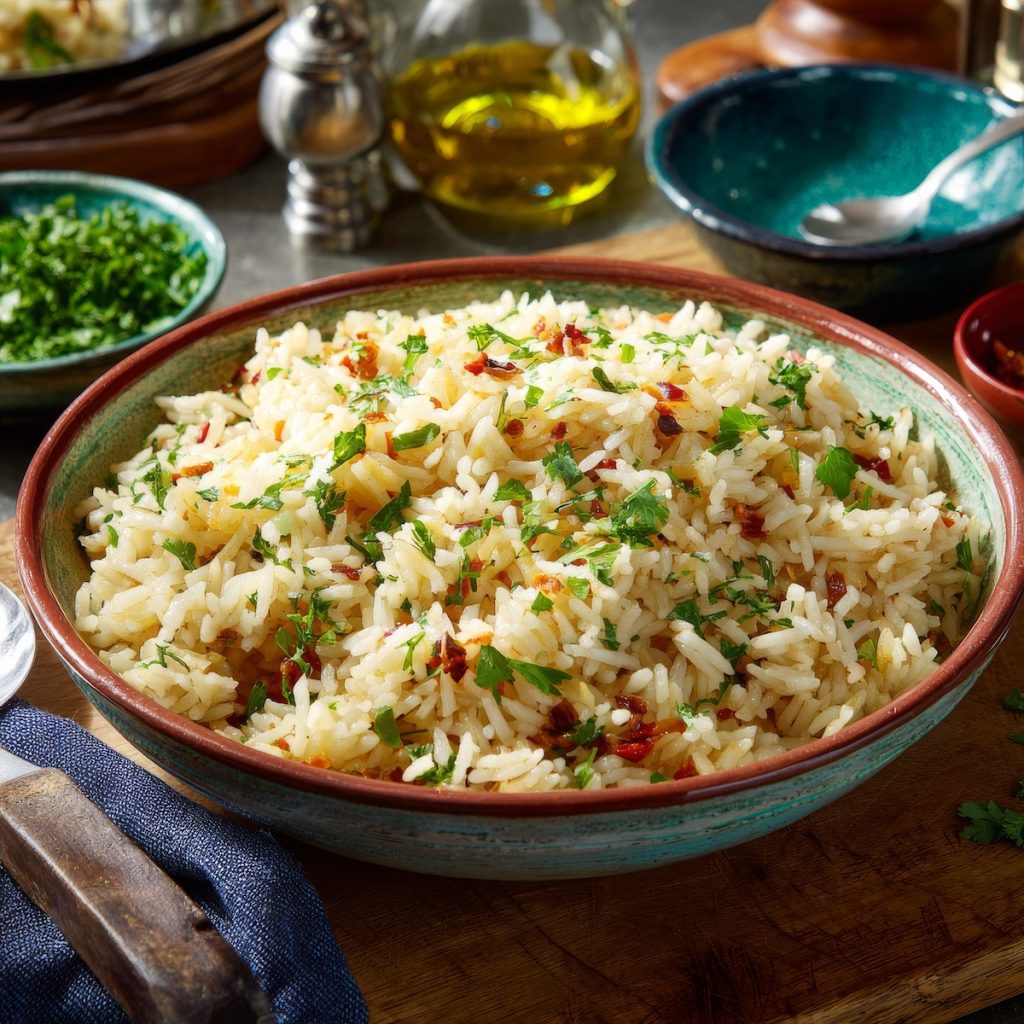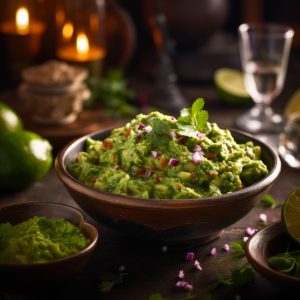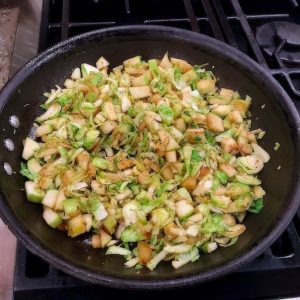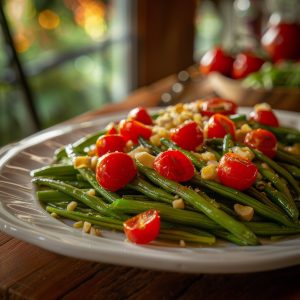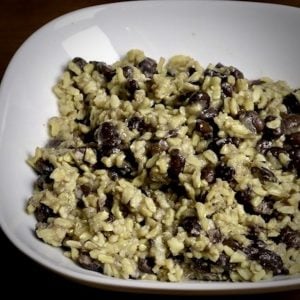Easy Rice Pilaf Recipe (Fluffy, Flavorful & Foolproof)
Rice pilaf is a simple dish that turns plain rice into something special. It’s a great side that works with many meals.
You start by sautéing rice in butter or oil. This step adds a nutty flavor and keeps the grains separate. Then, you cook the rice in broth instead of water. This gives the dish more depth and richness.
Rice pilaf is very versatile. You can add onions, garlic, or even nuts and dried fruits to make it your own. It’s perfect for busy weeknights or holiday dinners.
The best part? It’s easy to make and looks fancy on the plate.
In this post, I’ll walk you through a straightforward recipe. You’ll learn how to get fluffy, flavorful rice every time. Plus, I’ll share tips to customize it to your taste. Whether you want a basic pilaf or something with extra texture, you’ll find ideas here.
If you’ve never tried rice pilaf before, this is the place to start. Let’s take your rice game to the next level with this tasty and reliable recipe.
Basic Rice Pilaf
Equipment
- 1 medium saucepan
Ingredients
- 1 cup long-grain white rice
- 2 tablespoons butter or olive oil
- 1 small onion finely chopped
- 2 cups chicken stock or vegetable broth, warm
- ½ teaspoon salt adjust to taste
- freshly ground pepper to taste
- fresh parsley chopped, for garnish
Instructions
- Heat butter or oil in a medium saucepan over medium heat.
- Add the chopped onion and sauté until soft and translucent, about 3-4 minutes.
- Add the rice and stir frequently for 2-3 minutes until the rice is lightly toasted and coated in butter/oil.
- Pour in the warm broth, add salt and pepper, and bring to a boil.
- Reduce heat to low, cover, and simmer for 15-18 minutes, or until the liquid is absorbed and rice is tender.
- Remove from heat and let it sit, covered, for 5 minutes.
- Fluff the rice gently with a fork before serving.
Notes
Ingredient Variations
| Ingredient Variation | Description | How It Enhances Taste and Texture |
|---|---|---|
| Orzo Pasta | Small rice-shaped pasta often toasted with the rice. | Adds a slight chewiness and subtle nuttiness, giving pilaf more texture and interest. |
| Chopped Onions | Finely diced onions sautéed until soft and translucent. | Provides sweetness and depth of flavor, making the pilaf more aromatic. |
| Garlic | Minced garlic sautéed with onions or rice. | Adds a savory, pungent note that enriches overall flavor complexity. |
| Toasted Nuts (Almonds, Pine Nuts, Pecans) | Lightly toasted nuts stirred in or sprinkled on top. | Contributes crunch and a rich, nutty flavor contrast to soft rice. |
| Dried Fruits (Raisins, Cranberries, Apricots) | Small pieces of sweet dried fruit mixed into the pilaf. | Introduces bursts of sweetness that balance savory elements and add chewiness. |
| Fresh Herbs (Parsley, Cilantro, Dill) | Chopped fresh herbs stirred in just before serving. | Brightens the dish with fresh, aromatic notes and a pop of color. |
| Spices (Cumin, Turmeric, Bay Leaf) | Whole or ground spices added during cooking. | Infuses the pilaf with warm, earthy flavors and sometimes a vibrant color. |
| Carrots | Finely diced or shredded carrots sautéed or cooked with the rice. | Adds subtle sweetness, color, and a slight crunch to the dish. |
| Bell Peppers | Diced bell peppers sautéed before adding rice. | Contributes sweetness, vibrant color, and a mild crunch. |
| Mushrooms | Chopped mushrooms sautéed until golden. | Adds earthiness, umami depth, and a meaty texture. |
| Celery | Finely chopped celery sautéed with onions. | Introduces a fresh, slightly bitter crunch and aromatic flavor. |
| Peas | Fresh or frozen peas added near the end of cooking. | Adds sweetness, color, and a pop of tender texture. |
| Fresh Lemon Zest | Grated lemon peel added just before serving. | Brightens flavors with a fresh, citrusy aroma and tang. |
| Shredded Coconut | Toasted or raw shredded coconut mixed in. | Provides a subtle sweetness and chewy texture, especially in tropical-style pilafs. |
| Saffron | A few strands soaked and added to broth or rice. | Imparts a unique floral aroma, vibrant golden color, and delicate flavor. |
| Green Onions (Scallions) | Thinly sliced and stirred in at the end. | Adds a mild onion flavor and fresh crunch. |
| Chickpeas | Cooked chickpeas stirred in for added protein. | Adds a creamy texture and hearty, nutty flavor. |
| Tomatoes | Diced fresh or canned tomatoes cooked with rice. | Contributes acidity, moisture, and a slightly sweet flavor. |
When To Add These Ingredients
You typically add ingredients to rice pilaf at different stages to maximize their flavor and texture. Start by sautéing aromatics like chopped onions, garlic, celery, carrots, and bell peppers in butter or oil before adding the rice. This helps build a flavorful base.
Toast the rice next to develop its nutty taste. Add spices such as cumin, turmeric, bay leaf, or saffron with the broth to infuse the rice as it cooks.
Vegetables like peas, mushrooms, and tomatoes are best added partway through or near the end of cooking to retain their texture and color. Nuts and dried fruits are usually stirred in after cooking, so they keep their crunch and bursts of sweetness.
Fresh herbs, green onions, and lemon zest should be added last, just before serving, to preserve their bright, fresh flavors. For heartier additions like chickpeas, fold them in once the rice is cooked and fluff the pilaf gently to combine everything evenly.
This layering of ingredients ensures a balanced dish with a variety of textures and flavors.

